In this guide, we’ll share how to distinguish Zig-Zag eels from other eel variants, set up a mid-level to large-sized tank, provide adequate diet, select compatible mates, and ensure optimal health care for this aquatic beauty.
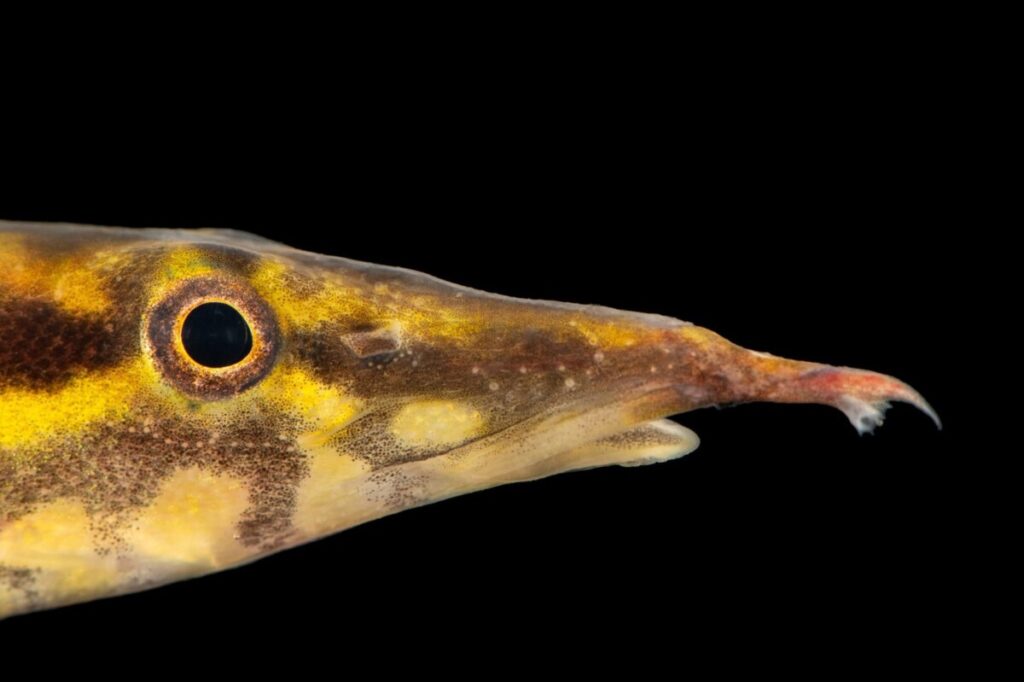
Zig-Zag Eel: Striking Burrower with Bold Patterns
Although many people and publications confuse Zig-Zag Eel (Masacembulus armatus) with Tire Track Eel (M. favus), they differ greatly.
In this Mastacembelus armatus intro, you’ll learn that it has distinctive zig-zag stripes and grows up to 14” long. Besides their distinct body patterns, Zig-Zag eels stand out for many other reasons, even though they burrow and hunt at night like Tire Track eels.
This zig-zag eel overview covers every detail you need to keep this species at home. That includes briefly introducing its origins, appearance, personality, tank setup, diet, tank mates, health care, and much more!
Author’s Note: Check out our post on The 13 Freshwater Aquarium Eels That Can be Kept as Pets for even more eels!
Natural Habitat & Origins

South Asia, with its sandy substrates and rooted live plants, is home to the Zig-Zag eel’s natural habitat.
Because the Mastacembelus armatus‘ natural habitat has floodplain rivers and submerged roots, their artificial homes must have similar features for the best acclimation.
Next up creating the Zig-Zag Eel’s environment based on its native home!
Recognizing the Species
When identifying Mastacembelus armatus, it’s best to use the obvious physical traits before the latent personality uniqueness.
Physical Traits
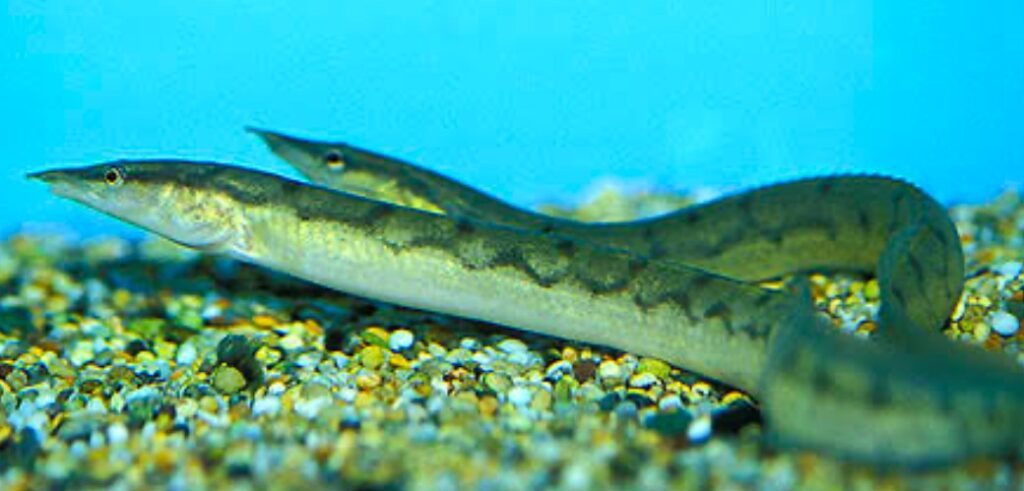
Looking at body patterns and colors helps distinguish the zig-zag eel from Tire Track eels, which people constantly mix up (understandably). Zig-Zag eels have the following characteristics:
- Dark beige back with silver-beige heads and dark brown circular patterns
- Black dotted patterns on dorsal fins
- Reticulated zig-zag patterns on the body
- No pelvic fins
- Elongated fins are attached to the caudal fins
- Brown stripes across the larger eyes
- No Gill Racker
Although this species can grow up to 36 inches in the wild, it doesn’t exceed 20 inches in length in captivity.
Personality Traits
Zig-Zag eels are naturally peaceful but would get aggressive around smaller fish because of their predatory behavior.
Because of the zig-zag eel’s physical features, it’s not considered a true eel like other species. They hate overcrowding or discomfort, so provide a spacious home outside their natural environment.
Author’s Note: Check out our post on The Fire Eel (Mastacembelus Erythrotaenia), a majestic fire red striped eel!
Tank Setup Essentials
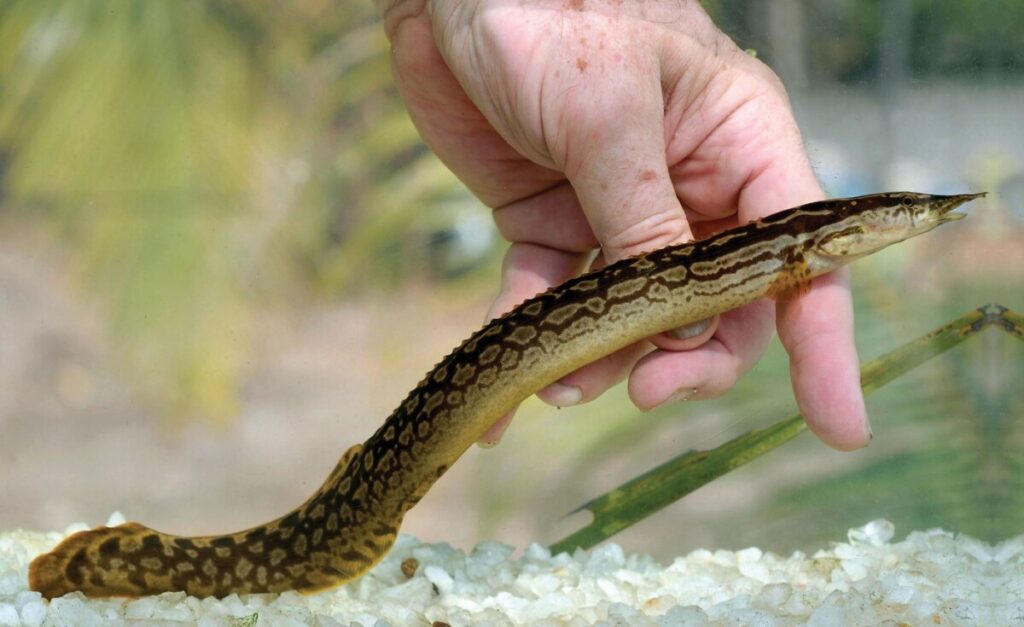
You must consider their elongated spiny bodies and sensitivity for your ideal zig-zag eel tank setup. So, get the following zig-zag eel aquarium requirements to give them a comfortable home.
| Tank Size | at least 55 gallons wide |
| Substrate | Soft sand or smooth pebbles to support burrowing habits |
| Decor | Rockwork and Caves to aid hiding habits |
| Tank Design | Secure your tank with a tight lid |
A long, rectangular design with a tight, breathable lid is the best tank for zig-zag eel species because of its length and jumping habit. Also note that they’re nocturnal pets, so use dimmable led lighting for the tank.
Water Parameters & Maintenance
Another essential part of your tank setup is setting optimal zig-zag eel water conditions. Maintain a temperature of 75–82°F and a pH between 6.5–7.5.
Once you set the ideal water parameters for the zig-zag eel, keep the tank oxygen-rich for breathability under the secured lid.
For your zig-zag eel tank cleaning routine, use a slow-flow filter for weekly substrate siphoning. Also, about 25 – 30% of the water is changed.
Author’s Note: Checkout the post on The 7 Best Aquarium Canister Filters Reviewed (2024) for an in-depth guide on choosing the right filter for your aquarium!
Diet & Feeding Behavior
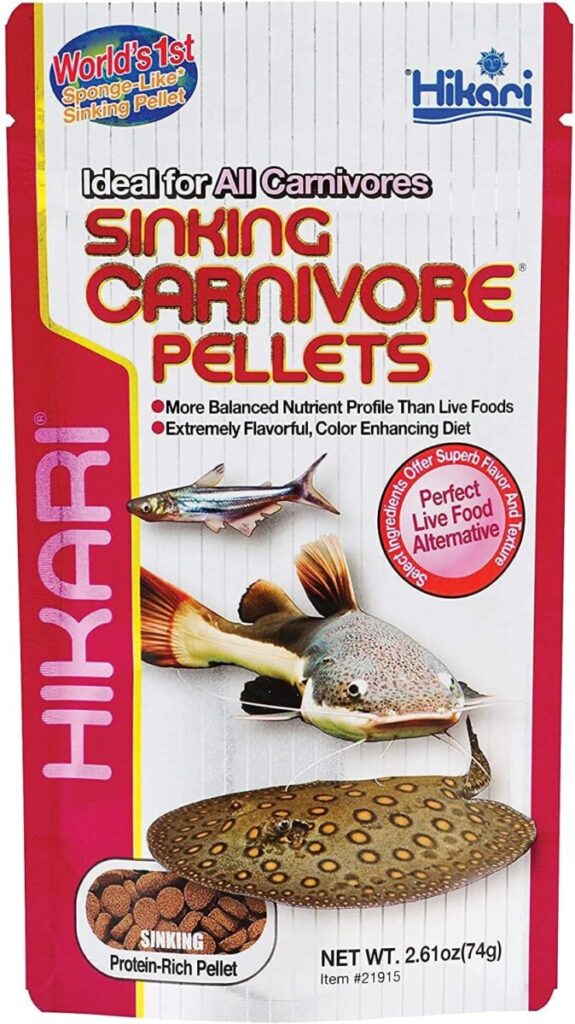
Sinking Carnivore Pellets for Pet
Found On Amazon
Curating a zig-zag eel diet plan is simple because they have a strictly carnivorous diet and typically hunt for food. They’ll eat live and frozen worms, crustaceans, and occasional small fish.
If you train them with processed pellets, they’ll also eat those as staples or supplements.
Note, however, the nocturnal feeding habits of zig-zag eel species. That’s why it’s best to feed them at night, but lift the darkness with dim or nighttime lighting to encourage natural hunting behavior.
Once you follow this zig-zag eel feeding guide, you can rest assured that your pets will develop healthily. But be careful not to pair them with tiny fish as tank mates.
Tank Mates & Compatibility

Would you like to keep a zig-zag eel community tank or a solitary aquarium? You can do both because this species is peaceful and dislikes overcrowding or cramped spaces.
So, if your tank isn’t large enough (55 gallons or more per single Zig-Zag eel), it’s best to keep it alone. But if you’d like to add zig-zag eel tank mates, look out for compatible species like fellow nocturnal pets with calm temperaments.
The best peaceful, large, and compatible fish for zig-zag eel include Gouramis and Catfish.
Health Risks & Prevention
Many of the care instructions in this guide are Mastacembelus armatus health tips, from feeding and dietary insights to recommended tank mates for peaceful living and comfortable living conditions.
If you ignore these zig-zag eel health care tips, you risk harming your pets in severe ways, as many of their illnesses come from poor management.
Using copper-free treatments, you can avoid common zig-zag eel diseases like fin damage with adequate tank setups, compatible non-fin nipping companions, and salt prevention.
Because Zig-Zag eels are prone to cuts on gravel, use only fine sand or smooth and small pebbles as substrate for the tank floor.
Lifespan & Commitment
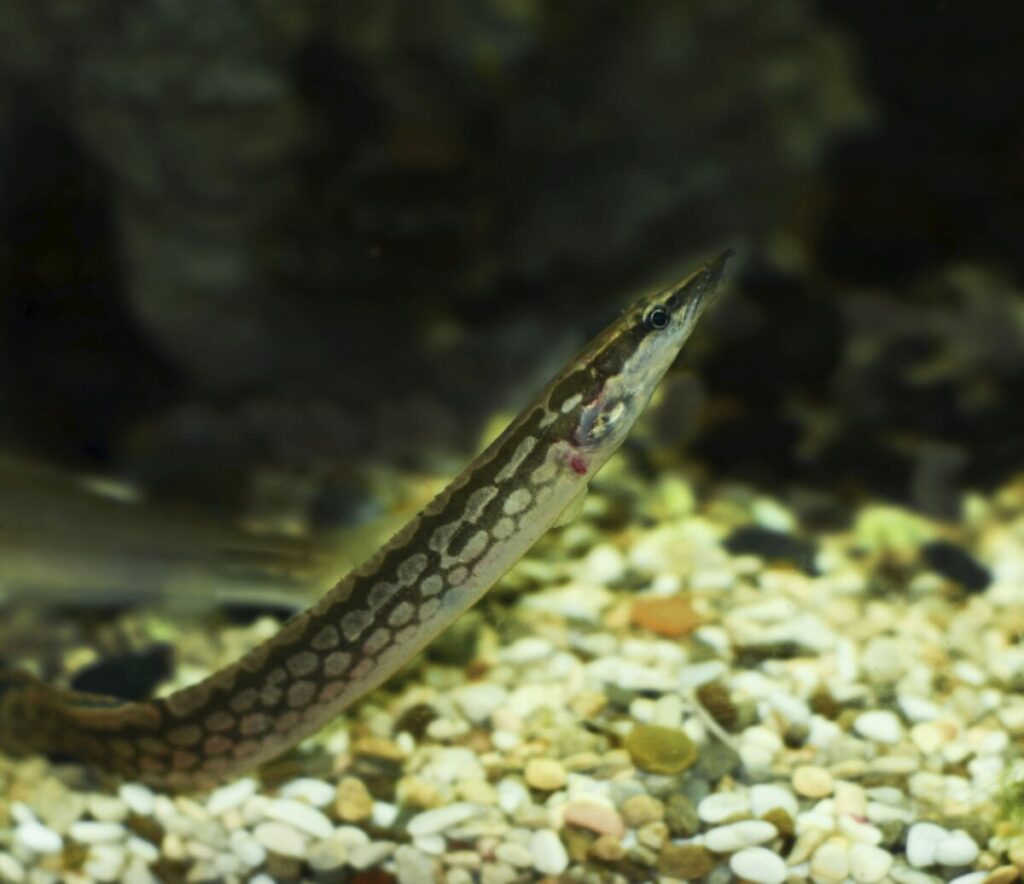
As we close this zig-zag eel hobbyist guide, you must understand that choosing this species isn’t a mean feat.
If you’re not an intermediate or expert aquarist, you may not be able to fully commit to 10 – 12 years of care, which is the maximum zig-zag eel lifespan.
Caring for Zig-Zag Eel long term includes a strict burrowing cleaning routine of the substrate, daily feeding schedules, weekly water changes and filtration, and consistent health checks.
So, ask yourself, “Can i do this?”
Conclusion: Is the Zig-Zag Eel for You?
You’ve seen the zig-zag eel advice in throughout this guide, including the last question in the previous section. If you answered yes, then keep reading. If not, please close this summary and choose a beginner-friendly pet instead.
Once again, zig-zag eel aquarium care is best suited to hobbyists with medium to large-sized enclosures. It’s not hard, but more complex than basic eel tank maintenance caring for these aquatic pets.
However, for mid-level and pro eel keepers, if you practice the care routines in this guide, keeping zig-zag eels successfully would be a breeze for you.


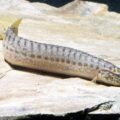


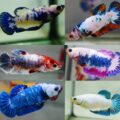
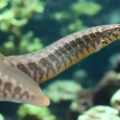
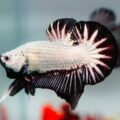

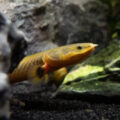
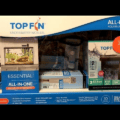
1 thought on “Zig‑Zag Eel (Mastacembelus armatus): Dramatically Patterned Burrower for Intermediate Aquarists”